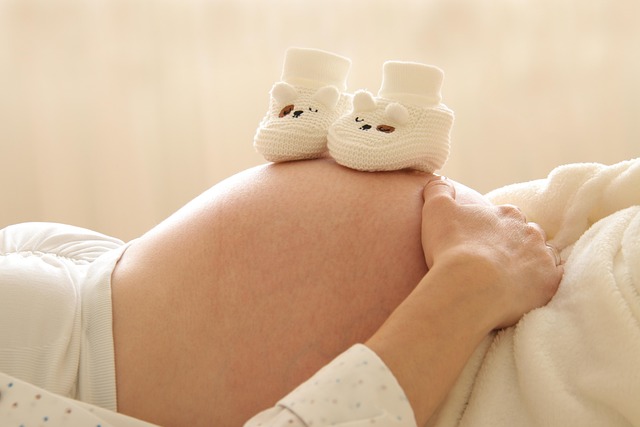Hey there, friends! Today, let’s chat about a topic that might come up during your fertility journey: abnormal fertilization. After an egg retrieval, you’ll receive a report about how your eggs fared, and sometimes, it may show that some eggs have fertilized abnormally. So, what does that mean? Let’s break it down.
When the eggs are retrieved, an embryologist carefully examines them under a microscope and places them in an incubator for about four hours. After that, depending on the sperm quality, they’ll either mix the eggs with a large number of sperm (around 100,000) or use a method called Intracytoplasmic Sperm Injection (ICSI), where a single sperm is injected directly into each egg.
The next day, around 22 hours later, the embryologist checks the eggs to see how many have fertilized normally, failed to fertilize, or fertilized abnormally. During fertilization, while the sperm is entering the egg, the egg finishes a process called meiosis, which involves reducing its DNA content. This reduction is important and only happens when the sperm enters the egg.
Meiosis Process
Meiosis takes place in two stages. The first stage occurs before ovulation, where the egg discards some DNA in a structure called a polar body (PB). If you see this first polar body, it indicates that the egg is mature and ready for fertilization. The second stage of meiosis only completes if a sperm successfully penetrates the egg, resulting in a second polar body.
Once the sperm is inside, it expands and forms a structure known as a pronucleus, which holds half the DNA needed for a new individual. The egg then finishes meiosis, ejecting the second PB and forming another pronucleus. So, ideally, after fertilization, you should see two pronuclei – one from the sperm and one from the egg. If you see this, it means fertilization went well!
Abnormal Fertilization
But what happens when an egg has more or fewer than two pronuclei? About 5% of the time, you might see eggs with abnormal fertilization. If there are more than two pronuclei, it usually means that more than one sperm has entered the egg, which is not typical since eggs have mechanisms to prevent this. For example, if three sperm penetrate an egg, you might see four pronuclei.
On the flip side, if you see only one pronucleus, this could happen if the egg tries to develop without sperm, a phenomenon known as parthenogenesis. Without male DNA, such embryos usually don’t survive long.
We generally find that the healthiest embryos come from eggs with two pronuclei. If eggs show more than two or just one, they are typically not viable and are discarded. However, sometimes we may keep embryos that don’t fit neatly into these categories for a couple of days to monitor their growth. If they develop normally, we might consider them for transfer or freezing, especially if there are not many healthy options available.
When assessing eggs for pronuclei, the embryologist uses a highly magnified microscope to carefully inspect each egg. Even small details can provide insights into the fertilization process. For example, if an egg has an unusually large pronucleus, it’s often a sign that something went wrong.
In short, understanding fertilization can feel overwhelming, but being informed makes the journey easier. If you have questions about your fertilization report or want to know more about the process, don’t hesitate to ask your fertility specialist! And if you’re looking for more information on home insemination methods, check out this excellent resource on IUI.
If you’re considering at-home insemination kits, take a look at this guide on the available options. You can also learn about a great lubricant for fertility called Biogenesis.
Summary
Understanding abnormal fertilization is key for anyone on their fertility journey. While most eggs fertilize normally, some may show irregular patterns like multiple pronuclei or just one. These abnormalities can indicate issues that affect embryo viability. Keeping an open line of communication with your fertility specialist can help you navigate this process with clarity and confidence.

